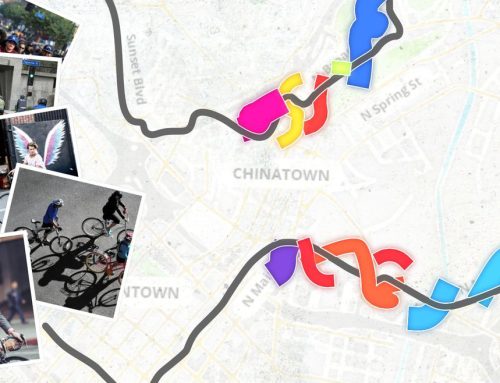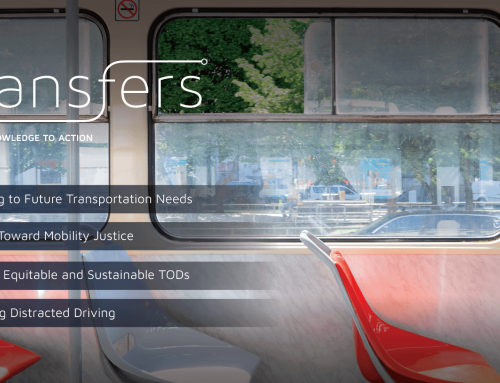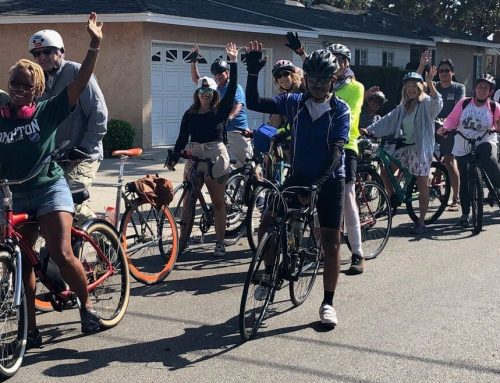How the rise of the automobile fundamentally changed the nature of policing in America is a topic that is both integral to mobility and yet often overlooked by traditional transportation academics.
“This is not just a history of the police, but also a history about race,” said Sarah Seo, Columbia Law professor and author of “Policing the Open Road” who gave the 14th annual Martin Wachs Distinguished Lecture in Transportation on March 4.
The lecture was established in honor of Professor Emeritus Wachs and rotates between UCLA and UC Berkeley, the campuses at which he taught. It brings innovative speakers to discuss the pressing challenges facing transportation today.
Seo opened by explaining the paradox of the car: that since its inception, cars have symbolized freedom, yet today, driving is one of the most policed aspects of American life — particularly for people of color. Policing was not always as ubiquitous as it is today; in the early 20th century, policing was relatively limited and focused on marginalized groups, particularly the poor and immigrants. The “typical” white, middle-class man rarely interacted with the police and instead self-governed through social norms of honor and shame.
As the automobile gained popularity, however, these men began driving — and began breaking traffic laws. Civilian enforcement lacked the authority to manage drivers, so police ranks swelled, funded by new traffic violation fines. These drivers were unused to being managed by the police and complained of over-policing, so police were taught to respond with courtesy, applying discretion with milder punishments like warnings or fines when deemed appropriate. Unsurprisingly, this discretion was applied unevenly and along racial lines, with people of color facing more frequent and steeper punishments. This inequity persists today; Seo reminded the audience of Sandra Bland’s death in 2015, following her arrest after she failed to signal before changing lanes.
Seo listed two paths forward for addressing the impact of racialized over-policing on communities of color. First, she advocated for decoupling crime control and traffic enforcement, such as by having unarmed civilians enforce traffic laws. Second, she proposed increasing automation of traffic enforcement to remove the element of human discretion; for example, using red-light cameras in place of traffic enforcers.
Following her presentation, students and faculty engaged Seo with questions ranging from the differences in policing cars versus public transportation, to the potential of autonomous vehicles for reducing traffic enforcement.
“I hope that more people will learn about the past, not just to understand why our society came to have the problems we are confronting today, but also to understand the limitations and potential of human actors,” Seo said. In other words, by studying the history of our transportation systems, planners can begin to learn how to shape a better future for them.
Seo’s lecture was presented as part of the Perloff Lecture Series on Race and Transportation by UCLA ITS and the Urban Planning Department. Recording of the full series can be found on the ITS YouTube channel.





